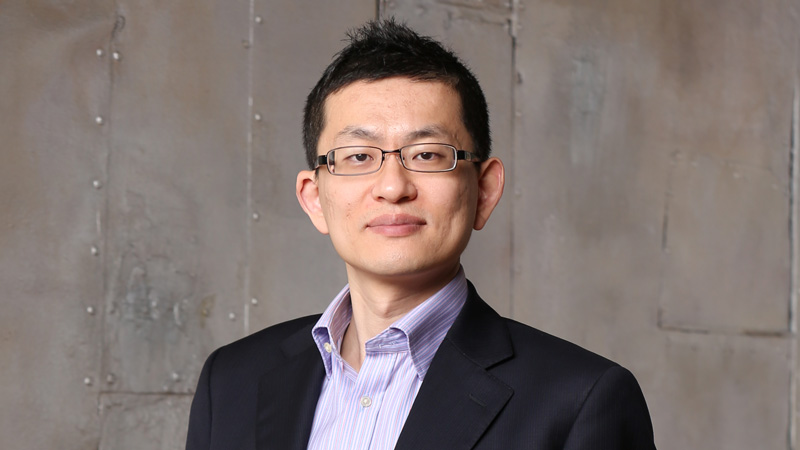On a fall evening in 2021, Rotman Professor Ming Hu was in a concert crowd of avid Eagles fans in Minnesota. When the intermission came, two groups of women seated near him left to use the restroom — as did he — but when he returned, the women hadn’t returned to their seats before the show resumed. It wasn’t until several songs into the second half of the show when they finally returned from the restroom.

Rotman Professor Ming Hu
At event venues, shopping malls or bars, it’s become the norm to see long, slow-moving lines for the women’s restroom while the men’s room often remains line-free. For a typical busy bathroom, research shows that women can wait up to 34 times as long as men.
“Providing fair access to public restrooms has been an issue for so long that the term ‘potty parity’ was coined by academics and advocates to describe this issue,” says Hu — a distinguished professor of business operations and analytics at the Rotman School of Management — in a paper co-authored with Rotman PhD graduate Setareh Farajollahzadeh.
In their research on potty parity, Hu and Farajollahzadeh propose a model of how to improve wait-times for women and the impact of unisex restrooms in a busy building. The paper has been invited for revision by the journal Management Science.
Unlike other studies on the topic, the researchers consider two measures of potty parity: first, the conventional “wait-time parity” where women often wait longer than men, and second, their proposed “utility parity,” which accounts for a user’s gender identity in addition to their wait time.
For Farajollahzadeh, who has experienced the disparity in wait-times first-hand, her studies at Rotman were an opportunity to explore potty parity — an operations issue — with an equity and inclusion lens.
“People who identify as transgender and non-binary had long been overlooked in conversations around restroom design,” says Farajollahzadeh, who took into consideration anecdotes of her peers who identify as part of those communities.
“Many buildings have still not adopted unisex restrooms, or the number and location of the unisex rooms provided are not sufficient to give equal access to all users.”
What’s the best path forward to level the wait times for women, men and non-binary individuals, while taking into consideration their user experience?
If a building already exists, the researchers’ model shows that making one tweak when retrofitting the public restrooms can go a long way.
“Buildings constrained by budget and space can benefit hugely by converting one or more units of the men’s room to unisex,” says Hu, who will teach the core operations management course for Full-Time MBA students in the 2022-23 academic year.
“The unisex room reduces gender identity misalignments of users who may feel uncomfortable entering a gender-segregated restroom; and from an operational perspective, it offers flexibility because it can serve any user.”
The researchers suggest turning a men’s room to unisex because there’s typically already a lower wait-time for the men’s room compared to the women’s room. More equitable wait-times could also be achieved by building an additional unisex unit, rather than renovating a men's room into unisex.
“It’s very rewarding to study a problem that can have a societal impact.”
Ming Hu
Distinguished Professor, Business Operations and Analytics
For architects and designers building spaces from scratch, something to consider is building the women’s room and the unisex restroom next to each other. If the women’s room is full, people can easily “spill over” to the unisex room, reducing wait-times.
Some may ask: Isn’t it better to just have all unisex bathrooms to make it as inclusive as possible?
“Even though all-unisex restrooms lead to complete parity of wait times for all genders — like a line of people getting on an airplane — it surprisingly doesn’t improve potty parity,” says Hu. “The utility disparity of the all-unisex design can actually be quite high, as there are people who have strong preferences for using gender-separated rooms and would be annoyed by having to use the unisex room.”
Looking ahead, Hu and Farajollahzadeh hope to see shifts in the way gender identity and inequalities are considered in the building planning process.
“We’ve shown using operations management tools that if you design a system like this — having one or more unisex restrooms next to the women’s room — your visitors are going to enjoy higher utility and have a better user experience,” says Farajollahzadeh.